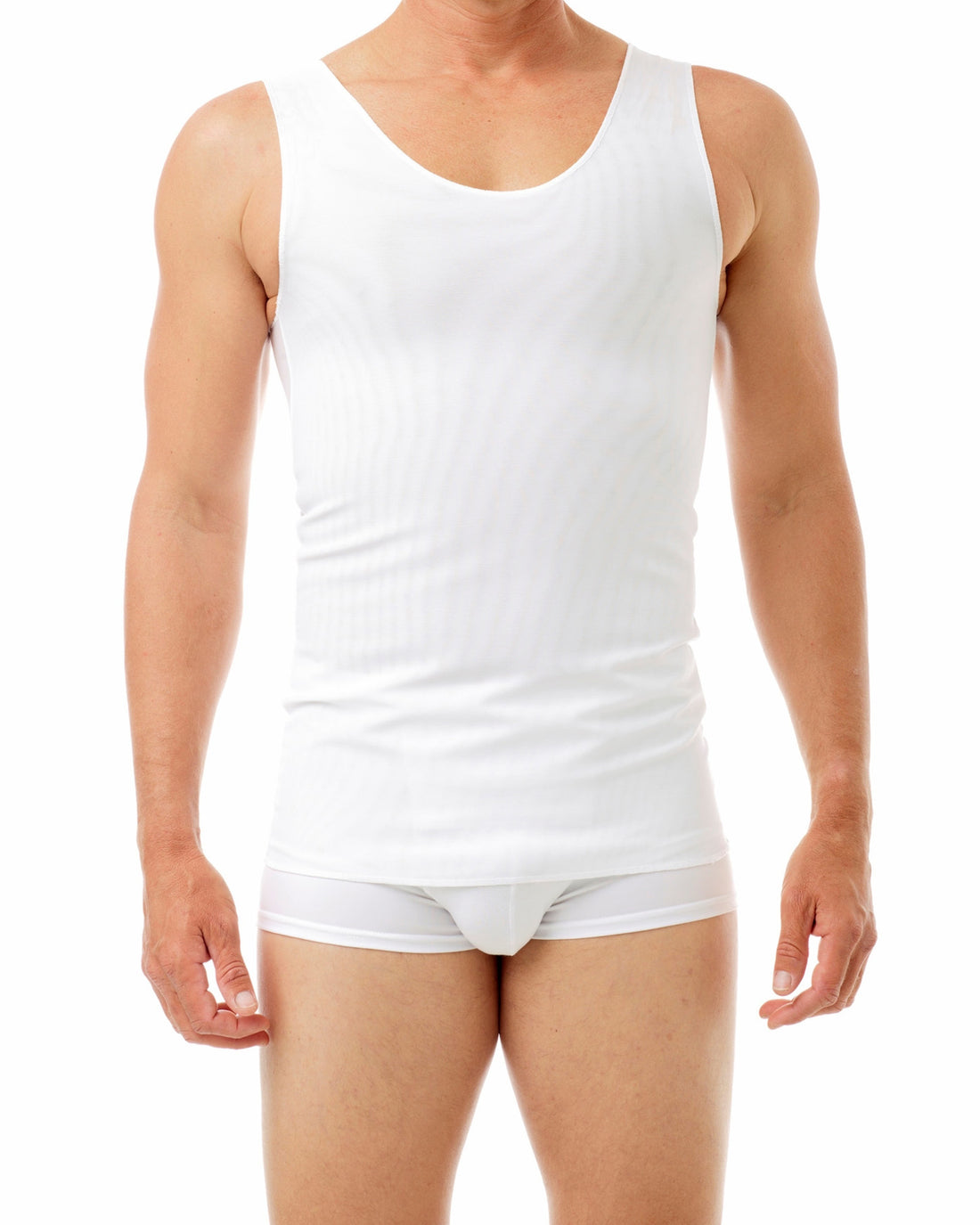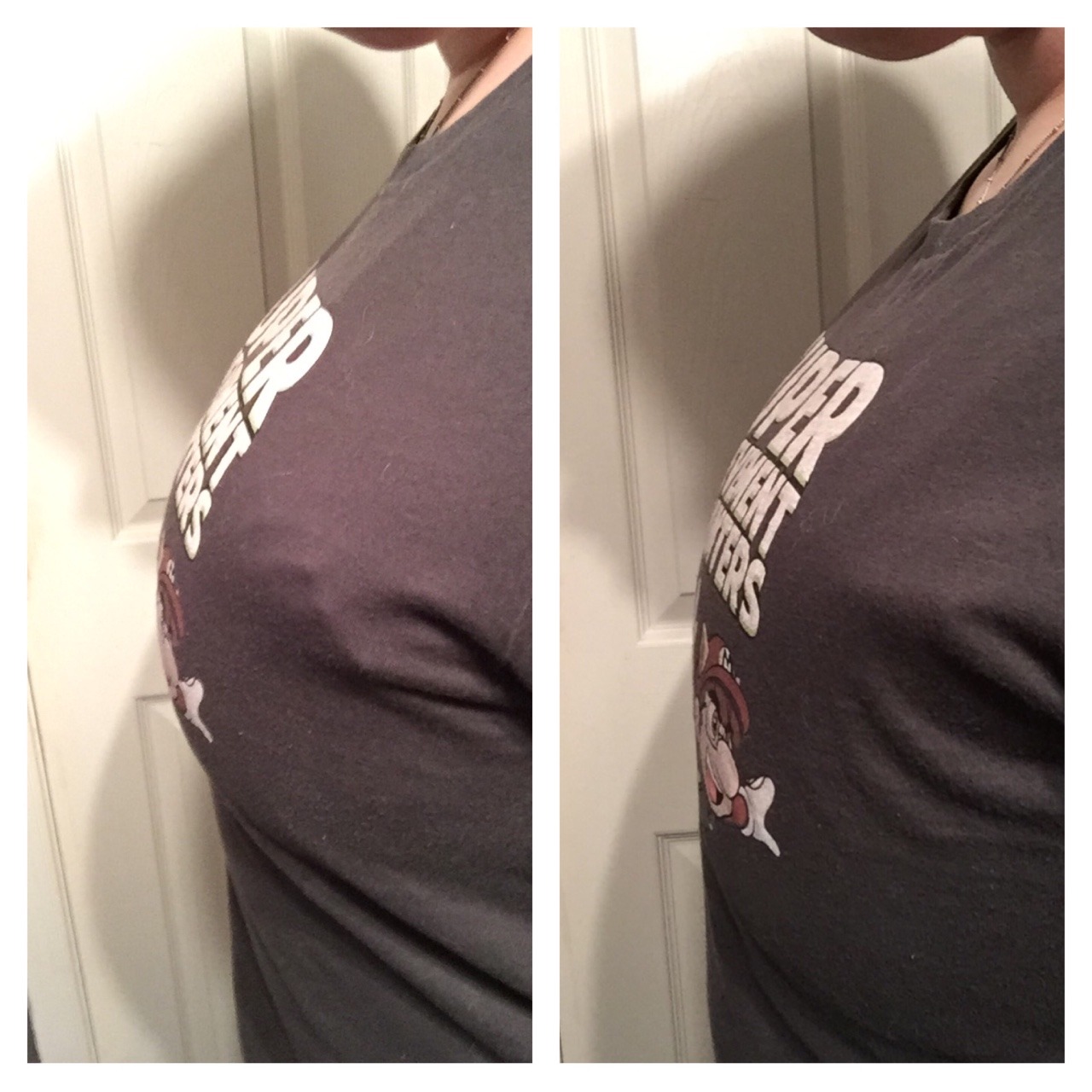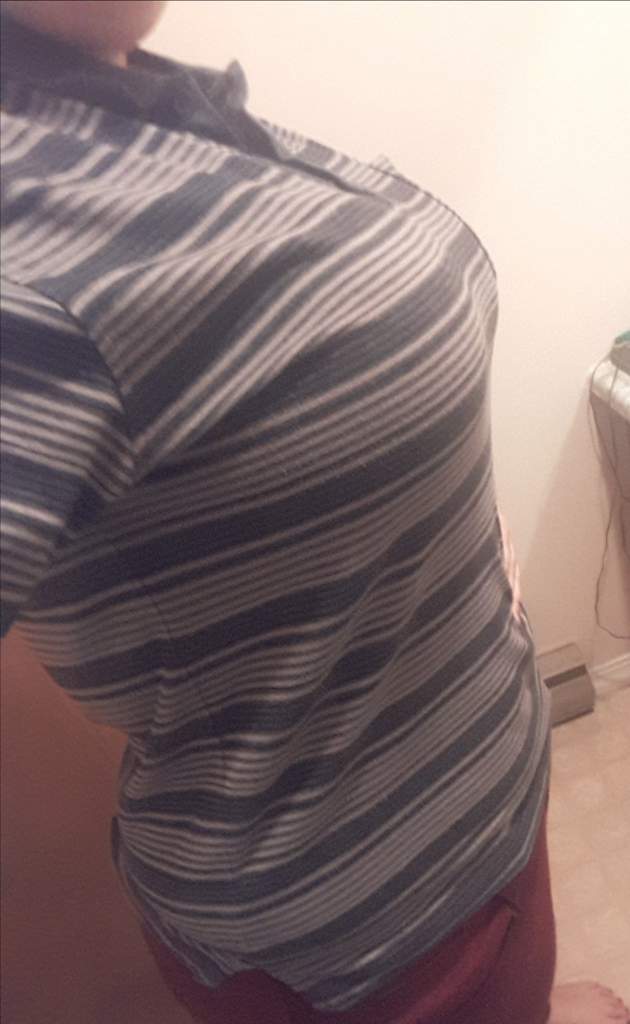

You have to flip it inside out! Okay, it’s a little more in-depth, but that is the premise. You turn it inside out and upside down. But, believe it or not, there is a trick to getting into that binder…. Putting on a BinderĪlright, alright, enough with the scary warning label stuff. It is all about being able to help you love yourself so let’s move on to what’s next after you get your binder.įirst, don’t get too excited, rip the package open and have your arms flailing as you try to get into your new binder. It’s hard to love yourself when you are depressed, anxious, and hurting. Hurting yourself, in the long run, will just cause you more frustrations, anxiety, and pain. But, more importantly, that irritation can create open sores which are just a whole different world of problems.Ī too-tight binder can also cause rib bruising, cracking, or even breaking and could lead to fluid build-up and things like pneumonia.īeing you doesn’t have to be painful.
GETTING A BINFER ONE SIZE TOO BIG SKIN
Wearing a binder that is too tight can also cause reddening and irritation to your skin where the edges are. That may not sound too terrible, but it can be very uncomfortable and people get more irritated when they are uncomfortable (take a look at people stuck in a stuffy hot room). First, there’s breathing. Not being able to draw in a breath is scary. The feeling of suffocation is not a good one. And, if your brain does not get enough oxygen you can pass out. Some pretty serious problems can happen from a binder that is too small. The most important thing to know about binders is you need to get the right size. This is very important and leads back up to some of those safety concerns. You should always get the appropriate size binder. Trusted websites have some good measuring tips and charts. More information, websites, and online resources on reputable places to find different binders, new and used are at the end of this article.

GETTING A BINFER ONE SIZE TOO BIG TRIAL
It may take trial and error to find the binder type and brand that you are most comfortable with. It is a tank top that gives you a snug hug. This one goes all the way down your torso like a tank top. Both of these options are good for flattening your chest. However, they still may feel bra-like and remind you of what you are trying to get away from. Well, there is good news. There is another option. The last type of binder is a full-length binder. There is a binder called Tri-Tops that has a sports bra feel, as in it stops under the breasts while looking more like a crop top. Sometimes one is not enough so you can double up on sports bras. This will help compress a person’s chest. The binder is a device used to flatten a person’s chest. There are many different types of ways that you can safely bind. The easiest one to acquire, and one you might already have, is a sports bra. Not one of those cheap 5-pack sports bras, but a good one with high compression/support ratings. Whew, that is out of the way. It is no laughing matter though. Those things listed are just the most important safety matters. You should never push yourself and it should never hurt. It’s about becoming you! Binders – Do NOT use ACE bandages Do NOT use Duct Tape Before we delve deeper into things some very important things are all about your safety and wellbeing.

Starting with the basics, binding is when you take a restrictive material and restrict your breasts so that your chest becomes flattened. We are here to answer any questions, fight any worries you might have, and most importantly, help you safely be comfortable with being you. Our team has gathered information from the internet and the personal experiences of transmen, nonbinary, transmasculine, gender fluid, and other gender-variant people to give you the best start possible. Let’s talk about the art of chest binding. Accessible Language and Transportation Services.HIV, Hep C, & STI Screening & Treatment.Testing, Prevention, Treatment, & Management.Specialty Care Linkages with Affiliate Partners.Gender Identity & Sexual Orientation Support.Gender-Affirming Care & Transition Support.


 0 kommentar(er)
0 kommentar(er)
